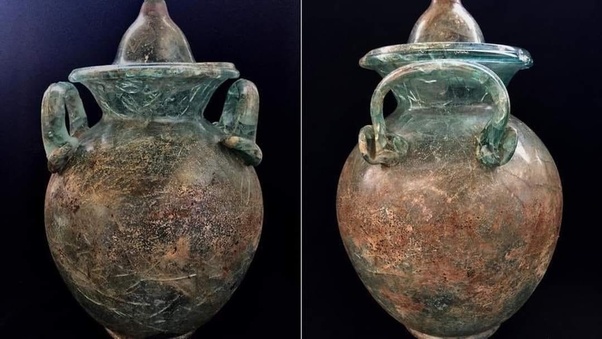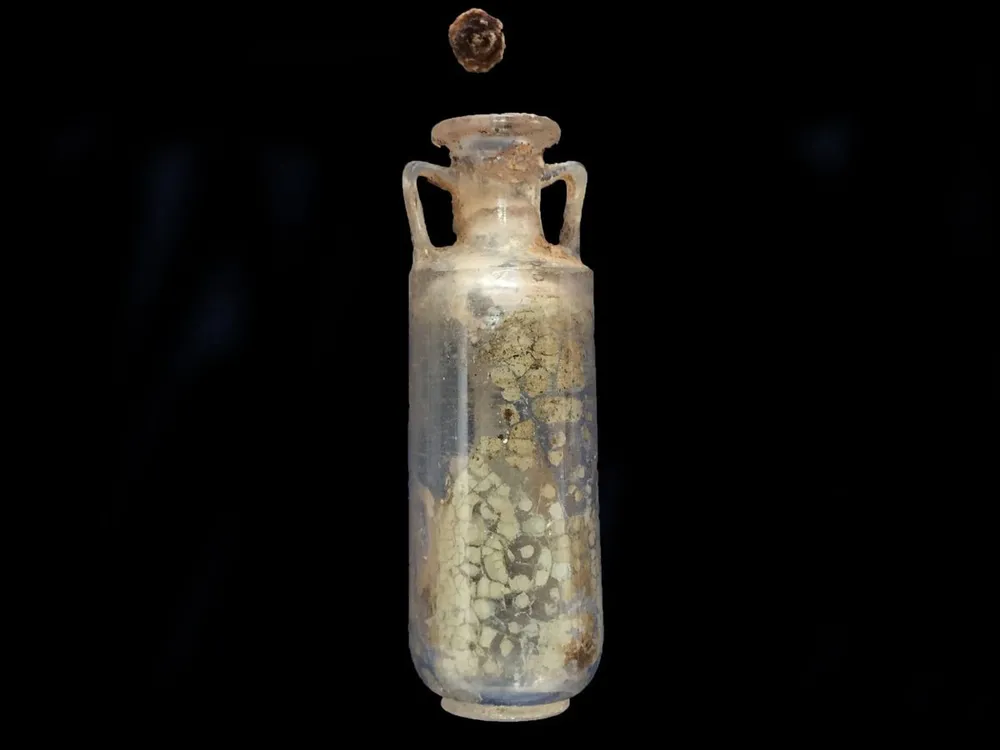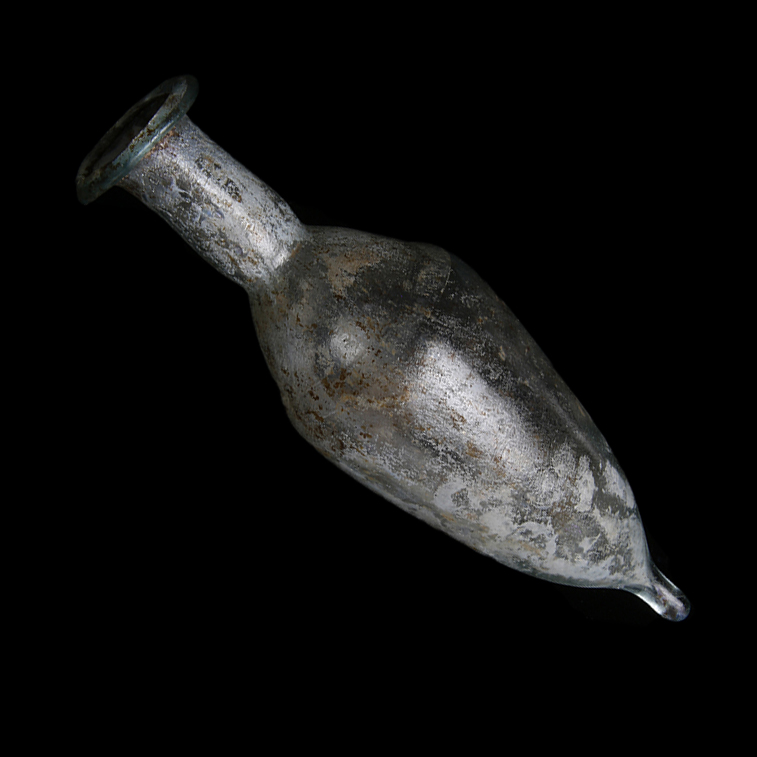Introduction
Have you ever wondered what the ancient Romans smelled like? For centuries, this intriguing question has captivated historians, archaeologists, and perfume enthusiasts alike. Thanks to a remarkable discovery made by Spanish scientists in 2019, we now have a rare glimpse into the fragrant world of ancient Rome.
In this blog post, we’ll embark on an aromatic journey through time, exploring the captivating story behind the analysis of a 2,000-year-old perfume bottle and the insights it provides into the scents and smells that permeated the lives of our ancient ancestors.

The Remarkable Discovery
It all began in 2019, during the renovation of a building on a main road in Spain. As the construction crew worked, they stumbled upon a remarkable find: a family mausoleum, untouched for centuries. Inside one of the urns, nestled among the remains, was a tightly sealed perfume bottle made of quartz crystal.
This extraordinary discovery immediately captured the attention of Spanish scientists, who knew they had stumbled upon a rare and invaluable artifact. Eager to uncover the secrets it held, they set out to analyze the contents of the perfume bottle, determined to shed light on the scents and fragrances of ancient Rome.

Unraveling the Perfume’s Composition
The analysis of the perfume bottle proved to be a meticulous and fascinating process. The scientists carefully examined the contents, using advanced analytical techniques to determine the exact composition of the fragrance.
To their delight, the results revealed that the perfume’s base was likely a vegetable oil obtained from olives – a common ingredient in ancient Roman perfumes. But the real surprise came when they identified the essence of the perfume: patchouli.
Patchouli, an essential oil derived from the leaves of the patchouli plant, is known for its robust, earthy aroma with a sweet and spicy undertone. This fragrance, often described as the “bad boy” of the scent world, was a popular choice among the ancient Romans, who prized its alluring and mysterious qualities.

The Roman Perfume Industry
The discovery of this ancient perfume bottle sheds light on the sophisticated and thriving perfume industry that existed in ancient Rome. Perfumes were not just a luxury, but an integral part of daily life, used for a variety of purposes, from personal grooming to religious rituals.
The Roman writer Pliny the Elder, who lived in the 1st century AD, provided detailed descriptions of the perfume-making process and the various ingredients used. The scientists who analyzed the perfume bottle found that the creator had indeed followed Pliny’s instructions, further confirming the depth of knowledge and expertise in the ancient Roman perfume industry.
Perfumes and Social Status
In ancient Rome, perfumes were not only a matter of personal preference but also a reflection of social status and wealth. The more exotic and rare the ingredients, the more prestigious and valuable the perfume. Wealthy Romans would often use perfumes to showcase their affluence and social standing, while the lower classes had access to more affordable, simpler fragrances.
The discovery of the patchouli-based perfume in the mausoleum suggests that the woman it belonged to was likely of high social standing. Patchouli, with its bold and distinctive aroma, was a prized ingredient that was often used in the most exclusive and luxurious perfumes of the time.
The Scents of Daily Life
Beyond the realm of personal adornment, perfumes played a significant role in shaping the sensory experience of ancient Roman daily life. Fragrant oils and incense were used to scent homes, temples, and public spaces, creating a distinctive olfactory landscape that permeated the lives of the Romans.
Imagine walking through the bustling streets of ancient Rome, your senses assaulted by the aromatic blend of spices, herbs, and floral notes wafting through the air. The pungent aroma of burning incense in the temples, the sweet scent of flowers in the gardens, and the earthy notes of patchouli-infused perfumes – all combined to create a sensory tapestry that was unique to the ancient Roman world.
The Enduring Legacy of Roman Perfumes
The discovery of this ancient perfume bottle is not just a fascinating historical find; it also serves as a testament to the enduring legacy of Roman perfumery. The techniques and ingredients used by ancient Roman perfumers have continued to influence the art of perfume-making throughout the centuries.
Many of the essential oils and plant-based ingredients used in modern perfumes, such as patchouli, have their roots in the ancient Roman perfume industry. The attention to detail, the use of rare and exotic materials, and the emphasis on creating distinctive and captivating fragrances – all of these hallmarks of ancient Roman perfumery can still be seen in the world of contemporary perfumery.
Conclusion
The analysis of the 2,000-year-old perfume bottle from ancient Rome has opened a fascinating window into the past, allowing us to catch a glimpse of the scents and fragrances that permeated the lives of our ancestors. From the sophisticated perfume industry to the role of perfumes in daily life and social status, this discovery has shed new light on the olfactory world of the ancient Romans.
As we delve deeper into the secrets of the past, we are reminded of the enduring power of scent to transport us through time and space. The fragrant legacy of ancient Rome lives on, inspiring us to continue exploring the rich and captivating history of human civilization.
